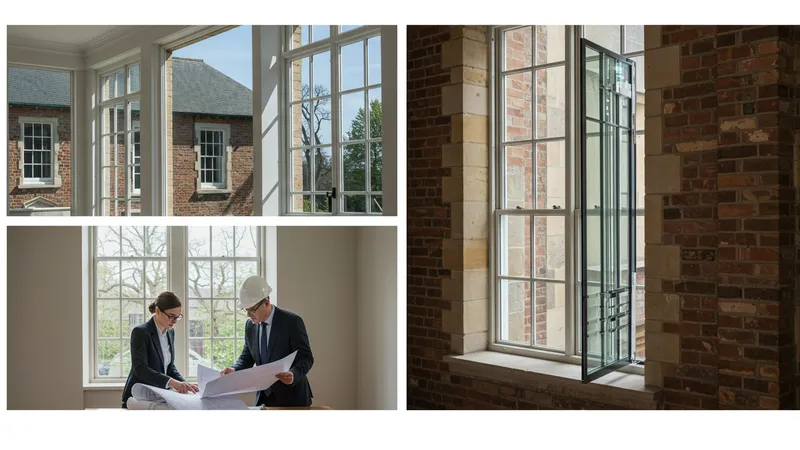
Window Replacement: Types, Benefits, And Process
Advanced Considerations for Window Replacement Success
While the basics of window replacement are universal, tailoring choices to factors such as climate or building orientation can further maximize value. South- or west-facing windows, for example, may benefit from solar control glass to manage heat gain in the summer, while north-facing ones prioritize thermal insulation. Consulting with energy specialists or architects can lead to nuanced decisions, ensuring the right products—like triple glazing or smart-glass options—are deployed where they matter most.

For buildings with architectural significance, choosing window systems that retain original character is crucial. Many manufacturers now offer heritage lines, blending authenticity with today’s performance advancements. Advanced options such as integrated blinds, anti-burglary locking, or enhanced acoustic insulation can also align new installations with both aesthetic and functional needs. Ultimately, a balance between historical integrity and modern comfort is achievable with careful planning and product selection.
Continual advances in window technology are introducing elements like self-cleaning glass, enhanced UV protection, and even smart sensors connected to home automation. These features provide not just convenience, but also tangible performance improvements—like reduced maintenance or automated climate control. Keeping abreast of innovations ensures any window replacement project leverages the very best available technology for that period’s needs.
In summary, window replacement isn’t just a construction project; it’s a sophisticated upgrade influencing comfort, efficiency, and value for years. Informed choices—from brand to process and features—yield rewards that extend well beyond the initial installation, offering daily improvements, savings, and satisfaction for homeowners and properties alike.